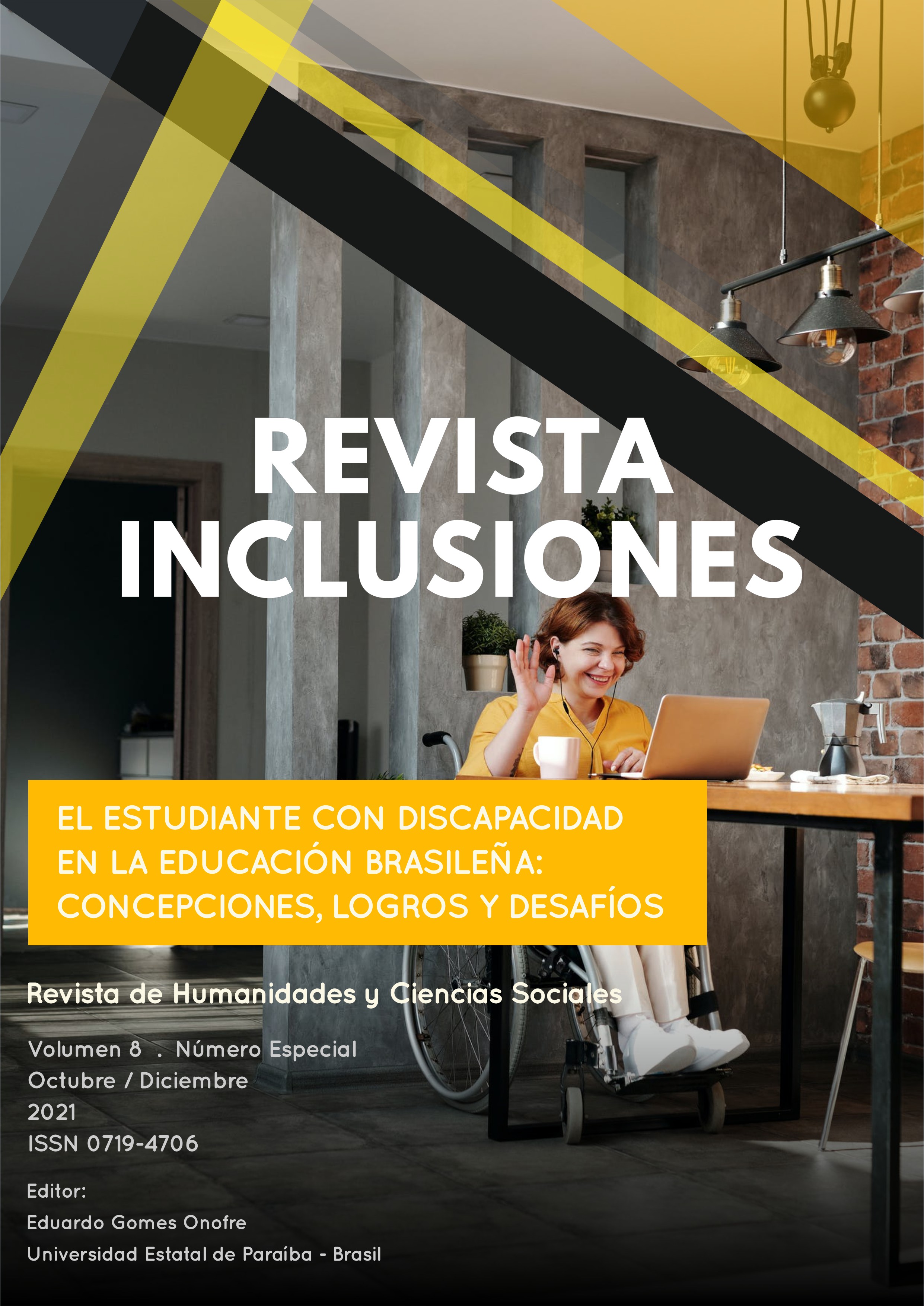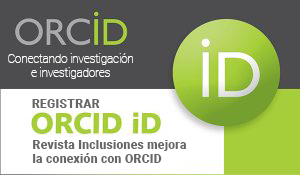BRAZILIAN MATHEMATICS TEACHING IN AN INCLUSIVE PERSPECTIVE: PROPOSALS OF ACTIVITIES FOR STUDENTS WITH VISUAL IMPAIRMENTS WITH THE SOROBAN APPLIANCE
Abstract
This article results from a master’s research cut-off in which we idealized the educational product,
“soroban: didactic tool in the mathematics teaching for blind students”, developed to assist
mathematics teachers in the basic education. The importance of methodological strategies and the
use of teaching materials indicated or adapted for students with visual impairments, inserted in a
regular classroom, were approached in this work. In order to enrich our discussions about works
developed for this audience, some authors were mentioned such as: Souza (2014), Marcelly (2010)
and Fernandes and Healy (2010), who develop researches in inclusive mathematical education. The
educational product is composed of activities involving the basic operations (addition, subtraction,
multiplication and division) of natural and decimal numbers, through the main teaching material called
the soroban, which is a counting and calculating appliance used by blind people. The method used
in the soroban is the “western technique of lesser relative value”, which helps to understand how blind
students calculate the basic operations, because it is similar to the calculation process developed in
the Brazilian educational system, enabling greater student participation during classes. The
presentation of activities that composes the educational product in the teachers training was divided
into two stages: the first is to deal with the operations with natural numbers, and the second is to
develop these operations with decimal numbers. The results discussed in this work refer only to the
first stage of training, in which we realized that soroban is not known to daily knowledge of teachers,
not even for those who develop such activities in rooms of Specialized Educational Service (SES).
Thus, we highlighted the importance of continuing education and other actions that prepare the school
community to assist students with visual impairments.
Published
How to Cite
Issue
Section
Los autores retienen los derechos de autor y otorgan a Revista Inclusiones el derecho de publicación bajo Creative Commons Attribution 4.0 International (CC BY 4.0). Esto permite el uso, distribución y reproducción en cualquier medio, siempre que se otorgue la debida atribución al autor.











